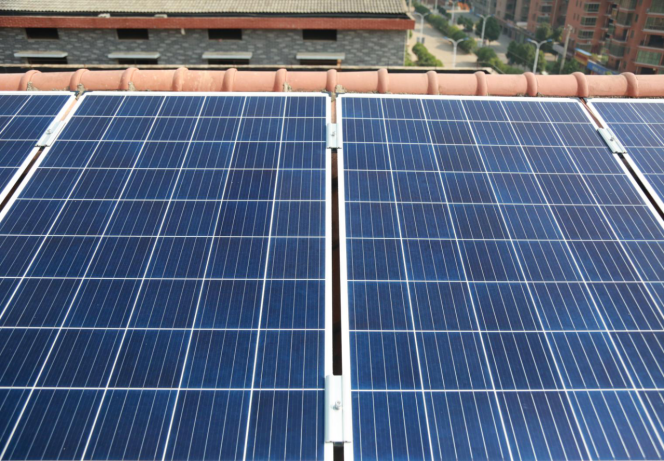After polysilicon manufacturers shut down in the wake of accidents in Q3 this year, polysilicon prices, which had been low for a long time, jumped 56% in a matter of one month—prompting prices for mono-Si and multi-Si wafers to surge. Yet, polysilicon supply in Xinjiang has since been picking up by the month, and Q4 sees end-market demand growing and mono-Si wafer makers running at full capacity. So, prices for mono-grade polysilicon will only decline at a modest pace.
Chinese polysilicon capacity is expected to exceed 85% of the global polysilicon market in 2021, with Xinjiang housing more than 50% of the total in China. Yet, the upcoming year will see new polysilicon production lines coming online in modest numbers, but mono-Si wafer supply exceeding demand, leading to another round of price competition. Polysilicon may become the “hard currency” in the upstream sector as a result of shortage.

While the industrial accidents that hit the polysilicon sector has sent ripple effects across the PV supply chain, the ongoing China–US dispute over a forced labor issue in Xinjiang may lead to yet another episode of polysilicon shortage.
PV InfoLink senior analyst Cooper Chen will analyze such issues of current concern in polysilicon and wafer sectors, discussing how Xinjiang-based polysilicon manufacturers and Chinese Tier-1 module makers will manage their business with customers in Europe and the U.S.
From: InfoLink

Sweep the official account